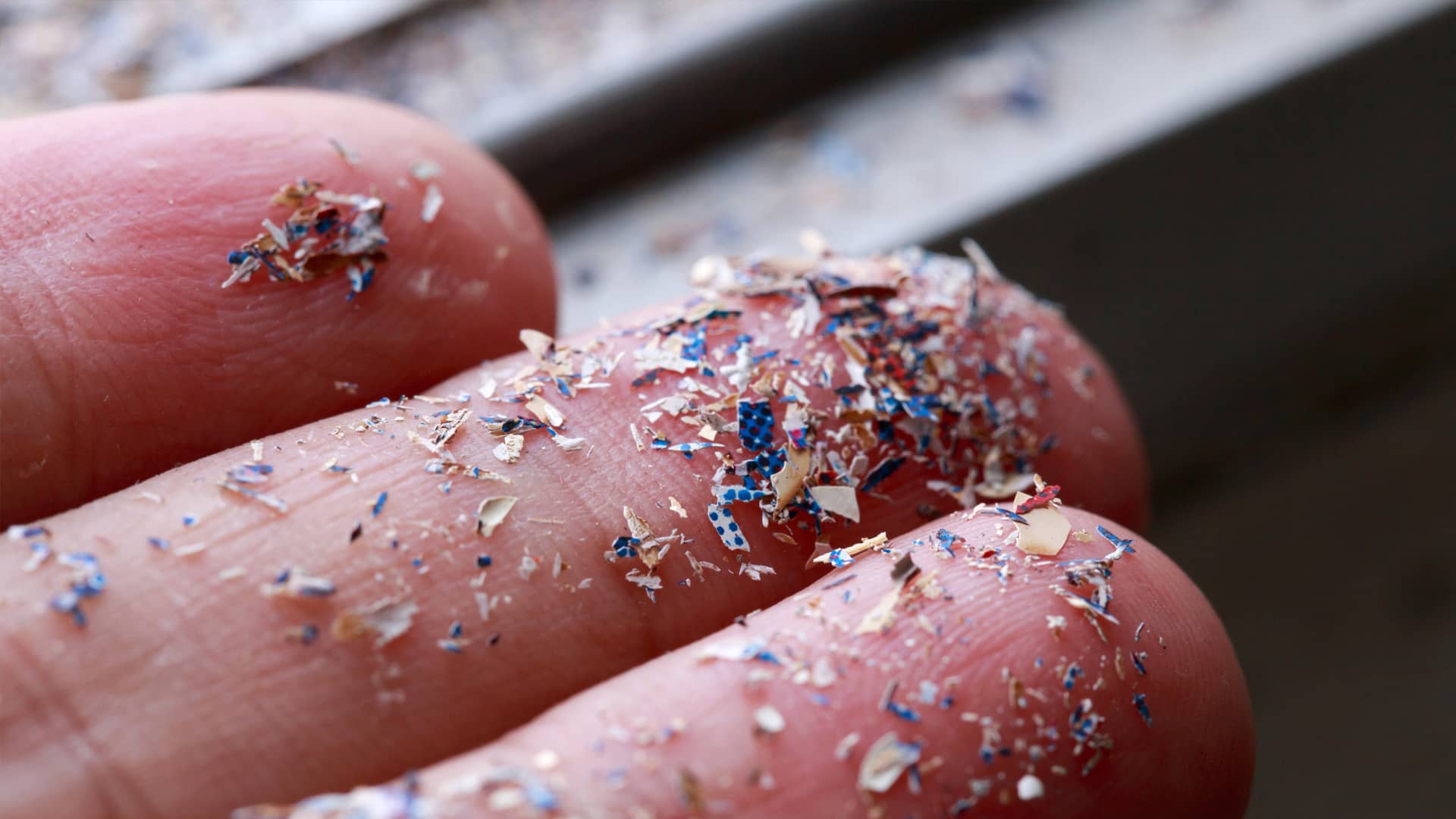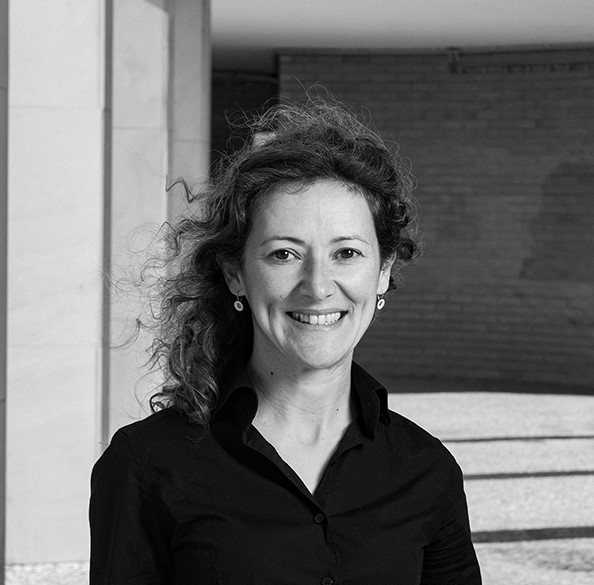Structure
WG1
Impacts and risks on human health and environment related to Nano- and Microplastic

WG1
Lead
WG1
Description
WG1 aims to assess impacts and risks on human health and environment related to N/MPs, as well as to identify, develop and increase the European and global standardization of methods for testing the hazards of N/MPs.
Furthermore, it aims to identify and disseminate key challenges and research priorities in the field of (eco)toxicity testing, towards the harmonization of standardized hazard testing in various species and matrices. WG1 has two main subgroups: human health and environment.
WG1
Structure
Subgroup 1 – Human health
Leader: Dr. Amedeo Amedei, Florence University, Italy (amedeo.amedei@unifi.it)
Dr. Manosij Ghosh, KU LEUVEN, Belgium (manosij.ghosh@kuleuven.be)
Subgroup 2 – Environment
Leader: Dr. Janeck J. Scott-Fordsmand, Aarhus University, Denmark (jsf@ecos.au.dk)
WG1
Meetings
WG1 kick-off meeting, 24th January 2022, on-line
This meeting aimed at introducing to WP1 participants the general goals and the activities of the WG. Disscussion related to the WG1 aims and how to define the tasks for the first grant period as well as for the entire project.
2nd WG1 meeting, 4th July 2022, hybrid (during 1st Full Action meeting, Brescia, Italy)
The presentation of the Questionary/Survey results was made related to sector in which participants are coming from, PRIORITY WG involvement, career stage, main area of research, expertise, related projects involvement, on-going related activities they are involved, WG1 structure, suggestion of the role in which they can participate more, main challenges, WG1 research priorities, initiatives, opportunities, knowledge transfer.
3rd WG1 meeting, 25th October 2022, on-line
During this meeting the main subgroups were formed as Human health and Environment and leaders named. Survey on training facilities available and that can be offered was presented: completed (20 members answered) and results summarised as Name and surname; E-mail; Web page(s); Institution; Country; Priority WG Expertise; Training can be offered; Facilities available; Experience required.
4th WG1 meeting, 16th January 2023, on line (SG1: 11-12 h CET; SG2: 14-15 h CET)
During the meeting, subgroups presentation of aims and expectations was made. Common aims across were defined, as well as outline of the main points, activities and future plans.
5th WG1 meeting, 19th September 2023, hybrid (during 2nd Full Action meeting, Brussels, Belgium)
Several lectures were made during the meeting related to human health and environmental health impact of the MP/NPs:
Microplastics and human health
Amedeo Amedei, Paola Pontecorvi // University of Florence, Sapienza University of Rome, Italy; “Assessing the impact of Polyethylene Nano/Microplastic Exposure on Human Vaginal Keratinocytes”
Microplastics and the environment
Dana Kühnel // Helmholtz – Center for Environmental research, Germany; “Microplastics and the environment”
Miguel Oliveira // University of Aveiro, Portugal; “Assessing the impact of microplastics in the environment”
6th WG1 meeting, 18th June 2024, hybrid (Novi Sad, Serbia)
The WG1 meeting focused on exploring the interconnected impacts of micro- and nanoplastics on human health and the environment through dedicated presentations and open discussions.
- Microplastics and Human Health – Helena Niccolai, University of Florence (Italy)
Presentation on the emerging interactions between micro- and nanoplastics and the human microbiome, focusing on the gut–lung axis as a novel pathway of systemic response. The talk explored how nanoplastic exposure can influence microbiome dynamics, inflammation, and host health, highlighting recent experimental findings and research needs. - Discussion
Open exchange among participants on the mechanisms linking MNP exposure to physiological and immune responses, data gaps in exposure assessment, and strategies for integrating toxicological, biomedical, and metagenomic approaches in future studies. - Microplastics and the Environment – Janeck J. Scott Fordsmand, Aarhus University (Denmark)
Presentation on the role of plastics in soils, addressing key challenges such as persistence, accumulation, and biological interactions in terrestrial ecosystems. The discussion emphasized the implications for soil health, biodiversity, and ecosystem functioning, as well as the need for standardized methodologies and long-term monitoring. - Overall Discussion & Future Perspectives
The session concluded with a collective reflection on the cross-linkages between human and environmental impacts, identifying future research priorities and collaborative opportunities within WG1 to advance integrated risk assessment and mitigation frameworks.
WG1
Round tables
1st Round Table, 12th September 2023
Round table organized “A one-health approach for risk assessment of micro and nano-plastics”. This was organized as a meeting of three projects related to MP/NPs (Papillon-Minagris-PRIORITY) as a hybrid event and was held at the end of the AGRIFOODPLAST Conference 2023.
The meeting was structured in three sessions: Following an introduction three sessions were held.
1. Presentations from MINAGRIS and PAPILLON EU project and COST Action PRIORITY
2. Scene-setting: A roadmap for micro and nanoplastics risk assessment and Standardisation of methods
Session 2 involved scene-setting expert presentations:
- Ettore Capri. A roadmap for micro and nanoplastics risk assessment: lessons to be learned from plant protection products. Professor in Agricultural Chemistry and expert in pesticide risk assessment having worked for several years in the EFSA Plant Protection Products panel.
- Margherita Ferrante. Standardisation of methods for micro and nanoplastics quantification. The experience with patented food methods and the potential transfer to soil analyses. Professor in Human Hygiene and has developed a patented method for microplastics quantification in foods
3. World café discussion: research, policy, public
Session 3 was an interactive in-person session exploring how Risk Assessment Roadmap, Method Standardisation and Research gaps can be met for policy development. A world café method was used in which three groups of participants rotated around three flip chart stations (policy, research, public) where they discussed given open questions with a facilitator who captured the discussions.
WG1
Completed or ongoing activities
- Questionary/Survey completed
- Survey on training facilities available and that can be offered completed
- Report on impacts and risks analysis with corrective actions and mitigation strategies proposed
WG1 conducted a comprehensive survey among PRIORITY members to assess the perceived impacts and risks of micro- and nanoplastics (MNPs) on human health and the environment.
The analysis, based on over 50 expert responses, highlights growing evidence of inflammatory, oxidative, and metabolic effects in biological systems and the disruptive influence of MNPs on soil, water, and air ecosystems. Respondents emphasized key exposure routes (inhalation and ingestion), vulnerable compartments (soils, sediments, and aquatic biota), and the need for standardized methodologies, biomonitoring, and policy actions.
The report also proposes corrective and mitigation strategies, from source reduction and wastewater upgrades to education, circular design, and international cooperation.
This collective effort demonstrates the pivotal role of COST Action PRIORITY in connecting scientific expertise, fostering harmonized research, and supporting evidence-based environmental and health protection policies.
WG1
Future/planned activities
- Status paper on WG1 topic – collaboration between WG1 members – development and consolidation.
WG1
State of the art
WG1 participants
- doi: 10.1016/j.envres.2022.114487
- doi: 10.1016/j.marpolbul.2022.114353
- doi: 10.1016/j.envpol.2023.121062
- doi: 10.1002/ieam.4667
- doi: 10.21597/jist.1036613
- doi: 10.1016/j.scitotenv.2023.166023
- doi: 10.1016/bs.apmp.2023.06.002
- doi: 10.3390/jmse9040445
- doi: 10.1016/j.scitotenv.2019.134455
- doi: 10.1126/science.abe5041
- doi: 10.3389/fimmu.2023.1178434
- doi: 10.1016/j.envres.2023.116227
- doi: 10.1016/j.colsurfa.2023.132104
- doi: 10.20944/preprints202309.1304.v1
- Reducing the plastic footprint of agriculture
- doi: 10.3389/fenvs.2023.1219248
- doi: 10.1016/j.scitotenv.2023.166560
- doi: 10.1016/j.jhazmat.2023.131810
- doi: 10.1016/j.jhazmat.2021.127421
- doi: 10.1016/j.envpol.2023.122282
- doi: 10.3390/foods12163043
- doi: 10.1016/j.marpolbul.2022.113846
- doi: 10.1021/acs.est.2c07179
- doi: 10.7326/M19-0618
- doi: 10.1016/j.scitotenv.2022.158699
- doi: 10.1093/advances/nmab154
- doi: 10.1016/j.jare.2022.09.004
- doi: 10.1016/j.envpol.2019.05.034
- doi: 10.3390/ijms241411379
- doi: 10.3389/fmicb.2021.603967
- doi: 10.1016/j.envpol.2022.120680
- doi: 10.1016/j.watres.2023.120574
- doi: 10.1016/j.jhazmat.2021.125980
- doi: 10.1016/j.jhazmat.2021.126057
- doi: 10.1016/j.mce.2017.08.013
- doi: 10.1016/j.reprotox.2023.108452
- doi: 10.3390/cells12030398
- doi: 10.1016/j.tiv.2021.105302
- doi: 10.1016/j.chemosphere.2019.04.174
- doi: 10.3390/cells12030398
- doi: 10.1016/j.reprotox.2023.108452
- doi: 10.1016/j.scitotenv.2023.166003
- doi: 10.1111/1751-7915.14182
- doi: 10.1038/s41598-021-04489-w
- doi: 10.1093/advances/nmab154
- doi: 10.1016/j.envint.2022.107199
- doi: 10.1038/s41598-021-04489-w
- doi: 10.1016/j.scitotenv.2023.166766
- doi: 10.1016/j.earscirev.2022.104021
- doi: 10.1016/j.impact.2023.100482
- DOI: 10.1016/j.envpol.2022.120849
- Doi: 10.1016/j.envpol.2022.119206
- doi: 10.3389/fcell.2021.709183
- doi: 10.1016/j.envpol.2020.11614
- doi: 10.1002/stem.3244
- DOI: 10.1007/s11356-017-9621-1
- DOI: 10.1007/s11356-020-11988-2
- doi: 10.1016/j.watres.2018.01.049
- doi: 10.1016/j.cscee.2021.100079
- doi: 10.1007/978-3-030-39041-9_14
- doi: 10.1016/j.jhazmat.2022.129692
- doi: 10.1016/j.envpol.2022.119651
- doi: 10.1016/j.chemosphere.2022.136048
- doi: 10.1016/j.envpol.2022.119851
- doi: 10.1016/j.freeradbiomed.2023.01.015
- doi: 10.55817/XCOJ5085
- doi: 10.1016/j.jfca.2023.105611
- doi: 10.1016/j.cscee.2021.100079
- doi: 10.1007/s00204-022-03333-y
- doi: 10.3390/cells11152304
- doi: 10.3390/cells12030398
- doi: 10.1016/j.chemosphere. 2019.04.174
- doi: 10.1016/j.chemosphere.2020.127159
- doi: 10.26356/microplastics
- doi: 10.1016/j.etap.2023.104258
- doi: 10.1016/j.impact.2023.100456
- doi: 10.1016/j.impact.2023.100450
- doi: 10.3390/toxics10040193
- doi: 10.1016/j.impact.2023.100450
- doi: 10.1016/j.envpol.2022.119166
- doi: 10.1016/j.scitotenv.2020.144010
- doi: 10.1186/s43591-021-00011-1
- doi: 10.1016/j.eehl.2023.01.001
- doi: 10.3390/toxics9080185
- doi: 10.1021/acs.est.2c00322
- doi: 10.1021/acs.est.2c04660
- doi: 10.36648/environtoxicol.4.2.
- doi: 10.47204/EMSR.1.2.2020.140-149
- doi: 10.1166/jamr.2018.1355
- doi: 10.1201/9781315366531
- DOI: 10.1080/10937404.2019.1700598
- DOI: 10.1016/j.jhazmat.2020.122900
- DOI: 10.1016/j.cofs.2021.01.004
- DOI: 10.1016/j.jhazmat.2022.129470
- DOI: 10.1016/j.mrrev.2023.108453
- Doi: 10.1016/j.chemosphere.2022.135287
- Doi: 10.1016/j.watres.2022.118521
- Doi: 10.3390/polym13121997

